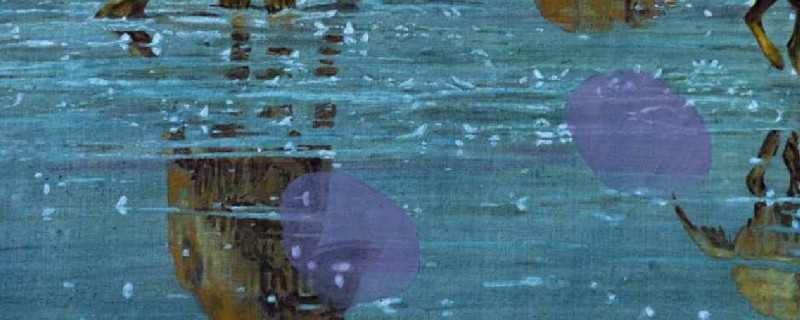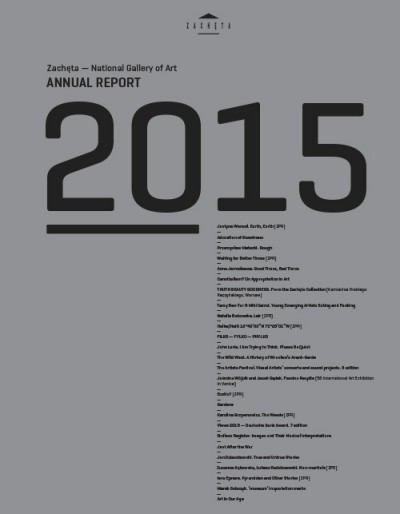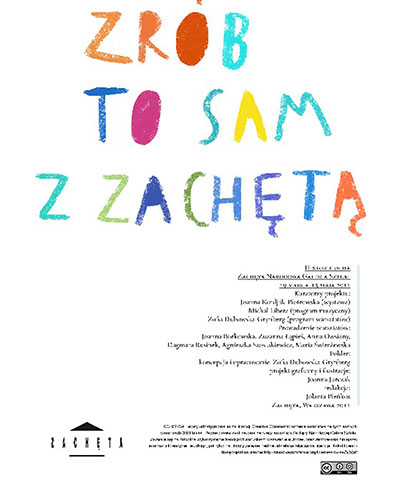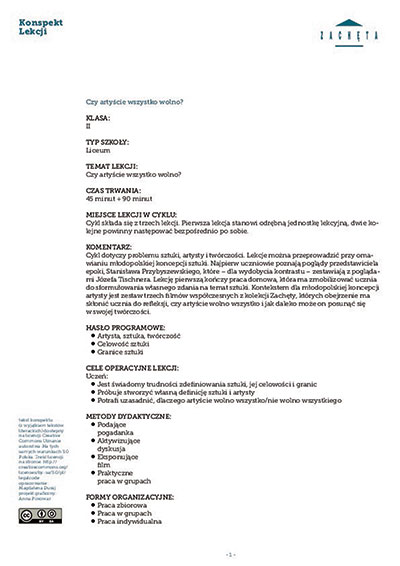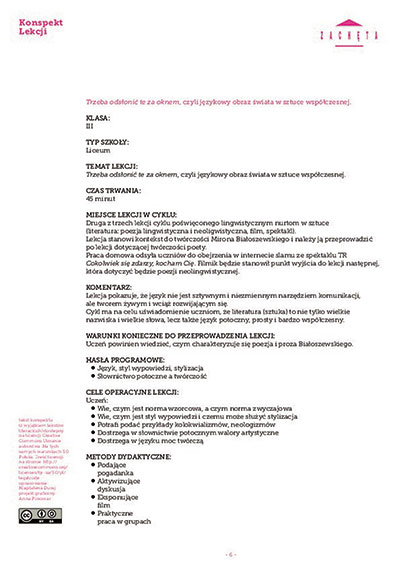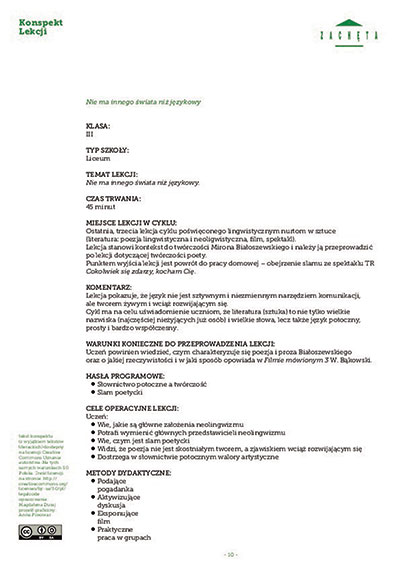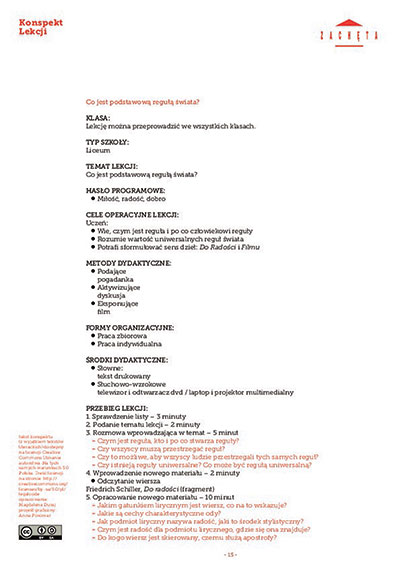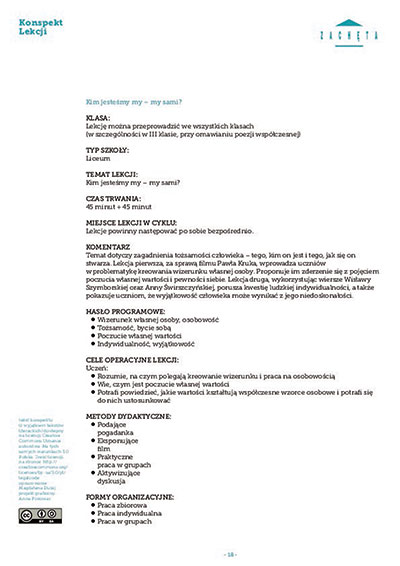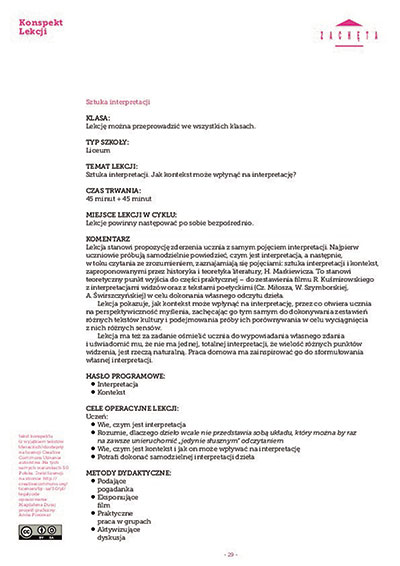The room, including the floor, ceiling and walls, covered in red fabric. Thoroughly. Completely. Ideally, the material should have a long, fine nap that is soft enough to move and ripple at the slightest breath of air. To let the interior breathe.
Inside the room are chairs. Red, of course — ideally upholstered or wrapped in the same red fabric as the interior. At the very least, they could be painted to match. The chairs should appear randomly placed; their exact posi- tion and orientation is unimportant. They may be different shapes.
Fieldstones lie on the chairs. They range in size from the largest to the smallest, but even the smallest should not be too small. The stones are also painted red. Stone one is painted in such a way that a narrow strip at the top remains unpainted (the order is arbitrary, as it does not matter). Each subse- quent stone has a smaller unpainted area. The seventh stone is entirely red, with no trace of the original stone visible. Also cushions. Varied — large and small. Seven or fourteen in total. Covered in the same red fabric as the room. But smooth, without texture or nap.
Some of them wrapped in transparent foil so that they gleam beautifully. Attached at various heights to the walls, folded and bent in different directions. One cushion lies on the floor, with the leg of a stone-bearing chair pressing into it, indenting and piercing it, as if.
Hidden lighting. The entire room softly illuminated. The entrance to the red room in a corner, not in the centre. In front of the entrance wall — outside the red interior — pieces of grass cut from a meadow are laid out on the floor.
These pieces are joined together to form a meadow, which forms part of the environment.
The red room can only be accessed by walking across the meadow. The meadow forms one whole with the red interior and must therefore be located in another, larger room together with the red interior. However, the red room can only be accessed by walking across the meadow. The lighting in the meadow area is bright and white.
The presence of people in the space is irrelevant. Someone may enter, or no one may enter. But entry is possible and permitted. The red room exists in and of itself, autonomously. Its existence is unaffected by the presence or absence of anyone.
The duration of the environment is brief. 1969
—————————————————————————————————
The concept of the red room was realised in Osieki on 28 August 1970. The fabric used was plain and smooth with no nap. A pity.
Andrzej Matuszewski
Andrzej Matuszewski (1924–2008)
Polish artist, painter, creator of happenings, art scene animator, and art theorist. Director of the “odNOWA” Gallery in Poznań (1964–1969), one of the first independent galleries in Poland. Associated with conceptual and ephemeral art. He created experimental environments and situational actions, treating space as a field of co-created experience.
Andrzej Matuszewski, author’s own text for Environment in Red, 1970
archive of the Department of Contemporary Art of the Museum in Koszalin
folders / Texts
